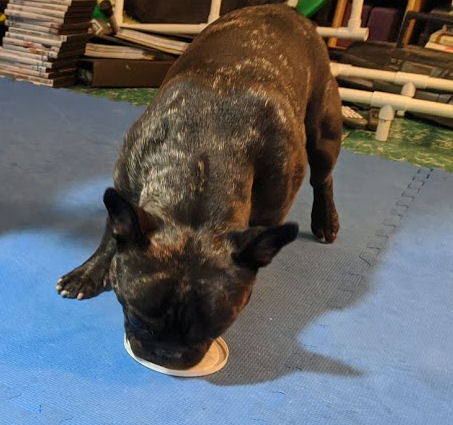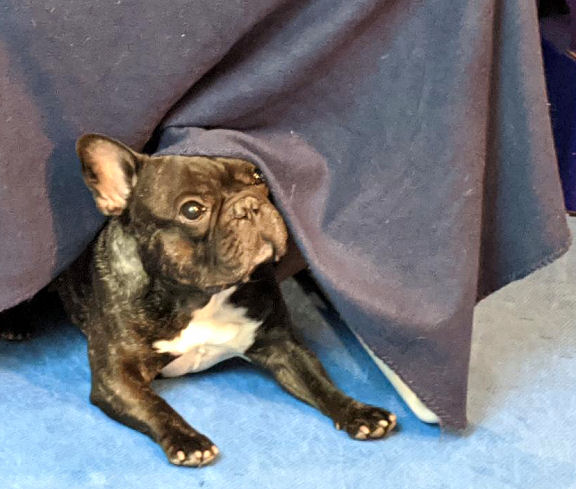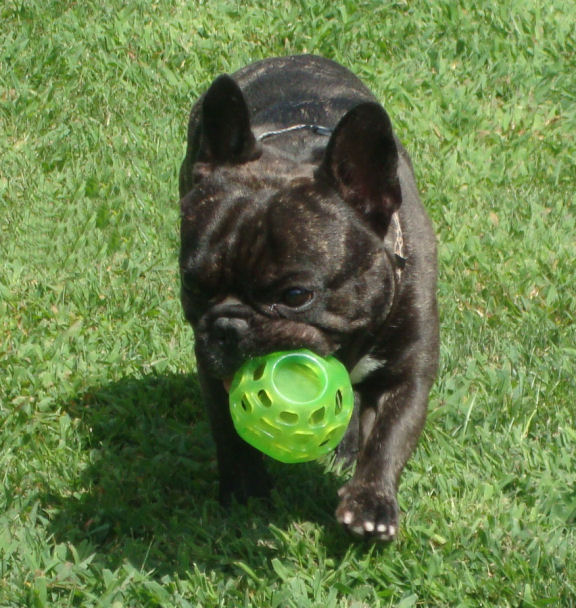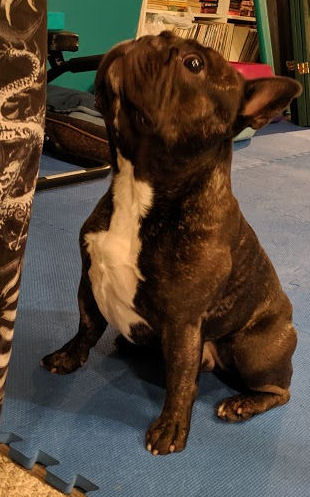
“No” is never allowed in positive reinforcement dog training games. It’s a dog training no-no.
For many people schooled in traditional, force training methods it’s the most difficult hurdle to get over. For them, the implication is that there are no “consequences” for bad, or even incorrect behavior. It’s not true. There are ramifications – they just don’t hurt, either physically or emotionally.
Not the way it works
Back in the olden days, dog training methods advocated both physical and verbal punishment. We grew up hearing that dogs should be smacked with a rolled-up newspaper for misbehavior. And “no” should be screamed at them for household infractions.
A dog cowering when you reached for a newspaper was an indicator that “he knew he did something wrong.” Not true. He knew he was going to be punished. He probably had no idea why.
Evolution in dog training
When you know better, you do better. Now we know, and science has proven in study after study, that positive reinforcement methods are both more effective and lasting. See the Introduction to the 2-Minute Trainer Method.
The objective of training games is teaching dogs to make good decisions. Giving them options, and rewarding when they choose “right.” So what do you do if your dog makes a “wrong” decision?
Try, try again
If you’re in the middle of a training game, get the dog’s focus back on you and try again. If it’s a situation where your dog has “checked out,” or run off with a toy, it’s up to you to get his/her attention back. We’ve been known to run off in the opposite direction, calling the dog’s name. Or get down on the floor and start laughing for no reason. Or turn our back and pretend we’re playing with a better toy. You can’t get anywhere without your dog’s attention.
It’s up to you to be more interesting than anything else – and more fun. That’s one of the reasons we keep our games short, fast, and fun. Neither we nor our dogs have a long attention span.
“No” is not part of any game
When our dogs make a “wrong” decision during a game, we ignore it. We may look away, or say something like “try again,” but it’s never “no.” Encourage your dog to keep trying, rather than putting up a giant “stop” sign.
That’s what “no” is. It’s abrupt, harsh, and a barrier to what you want to accomplish. If you feel you need to say something to “mark” an incorrect choice, try something like “oops!” No one sounds angry saying “oops!”




